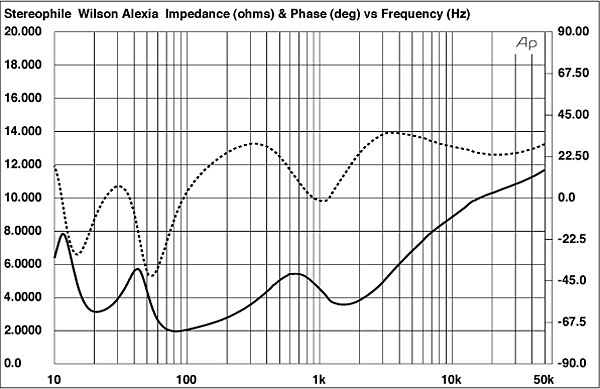Speaker cable (different from interconnect) needs to support a relatively high current, so for speakers that are not highly efficient, a gauge that is too thin is likely not optimal. I've come across various articles that support this view. A lot of cable manufacturers also arrange their products in the order of thickness - the flagship being thickest, while the entry level cable is just too thin.
Someone also did a test of various gauge of the same material of DIY speaker wire, and experimentally found that in his setup every step above 14 AWG the SQ downgrades further. Also considering other subjective reports along with certain cable manufacturer recommendations, I guess 12 AWG is a good thickness as a baseline for speaker cable experimentation. (Unless you use a highly efficient speakers with a low power amp, then I suppose 16 AWG can potentially be better.)
Someone also did a test of various gauge of the same material of DIY speaker wire, and experimentally found that in his setup every step above 14 AWG the SQ downgrades further. Also considering other subjective reports along with certain cable manufacturer recommendations, I guess 12 AWG is a good thickness as a baseline for speaker cable experimentation. (Unless you use a highly efficient speakers with a low power amp, then I suppose 16 AWG can potentially be better.)

